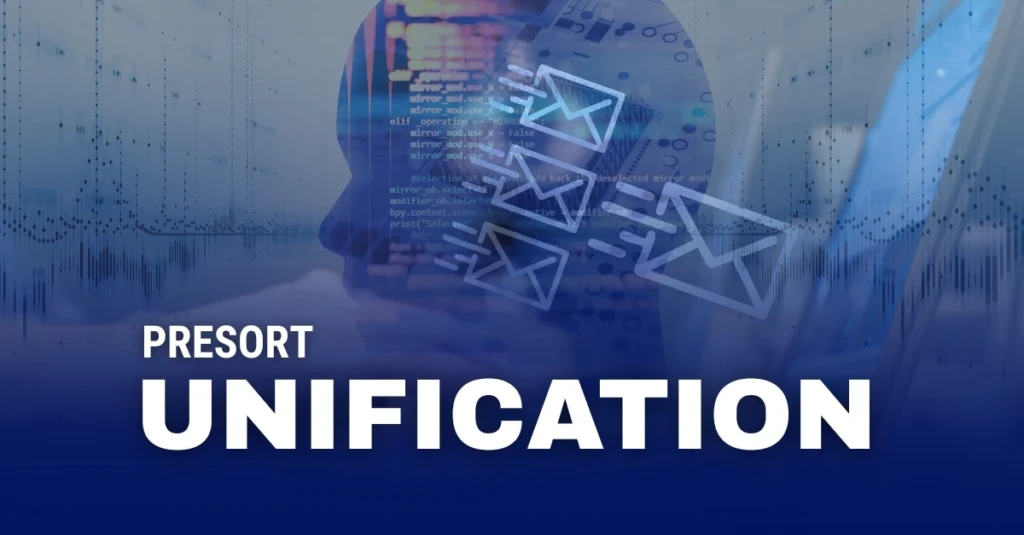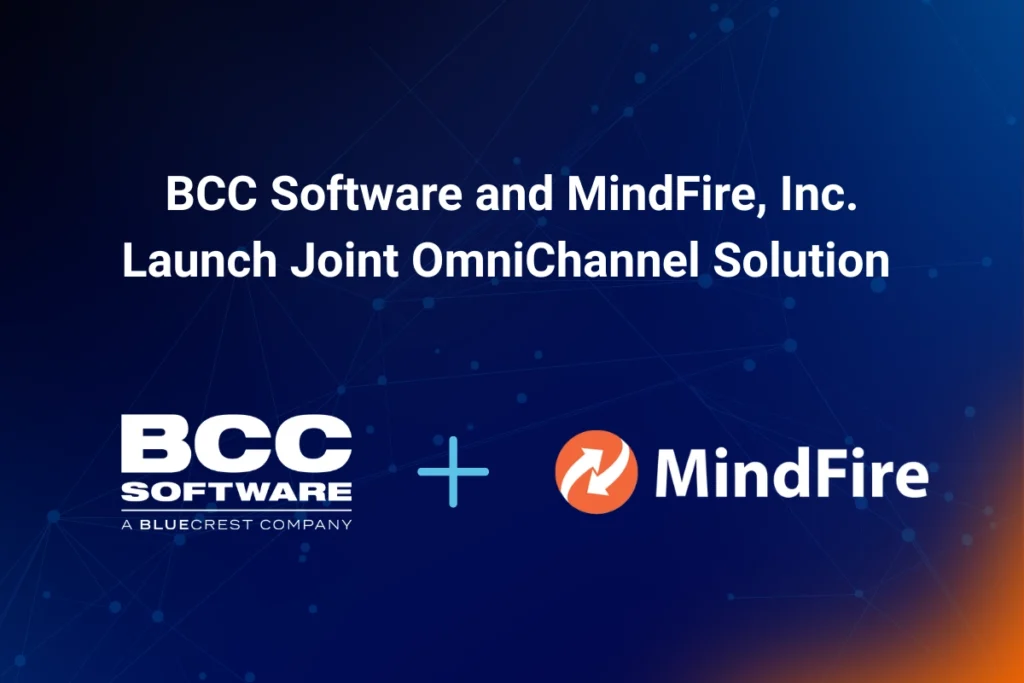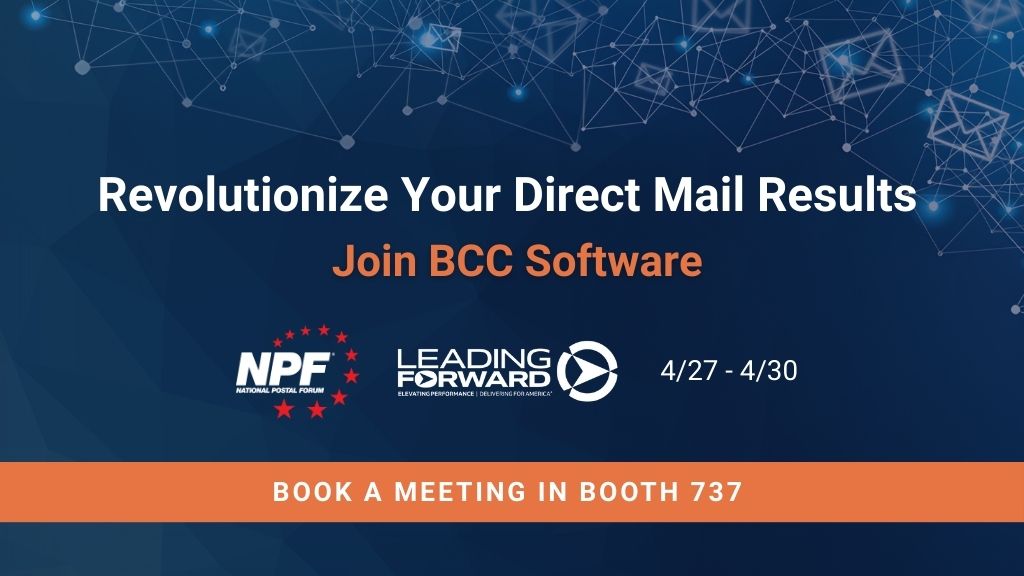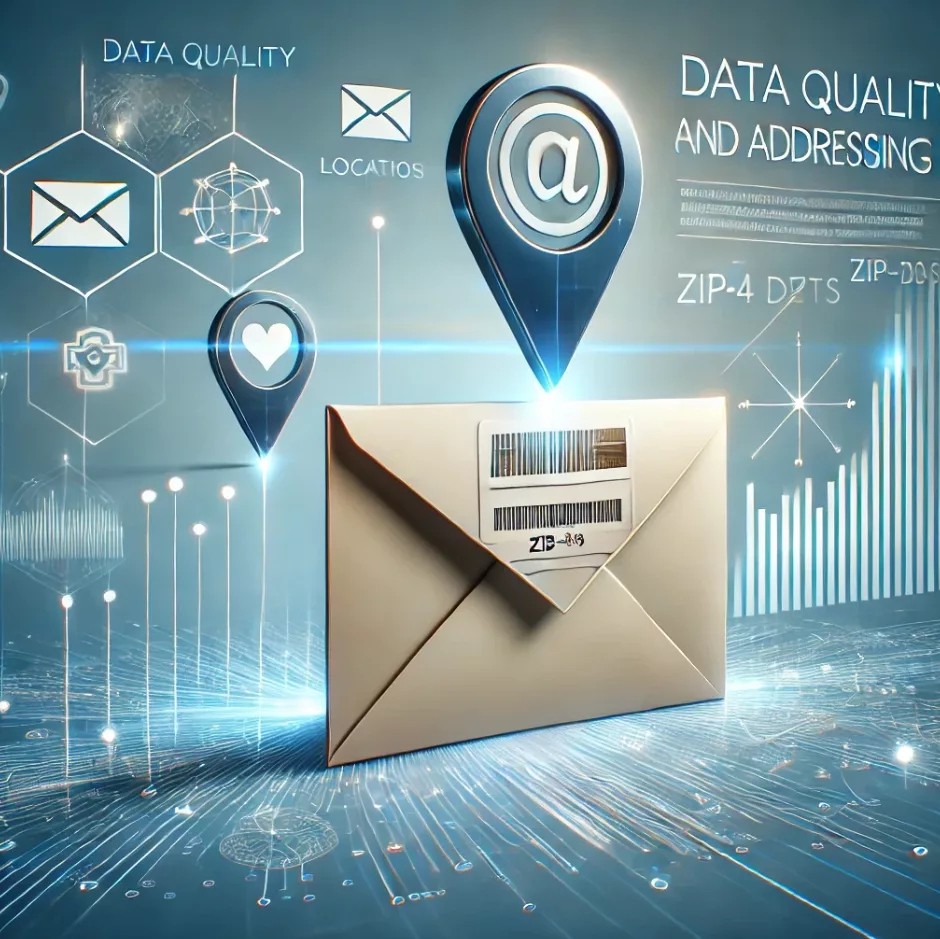BCC Software is more than a software provider – we’re a team of industry experts who are dedicated to keeping up with the latest postal news and industry trends to ensure that the services and solutions we offer to our valued customers are compliant, and bring success and savings. Check back regularly for major company announcements, industry news, and alerts.

